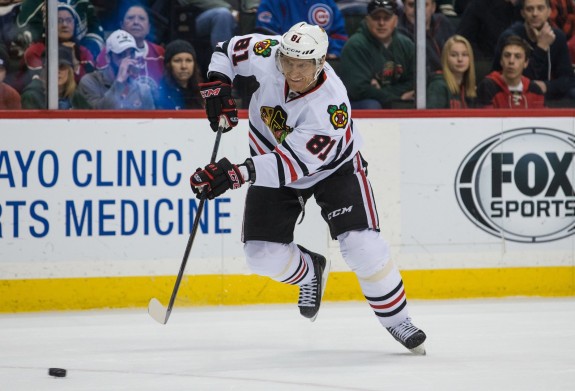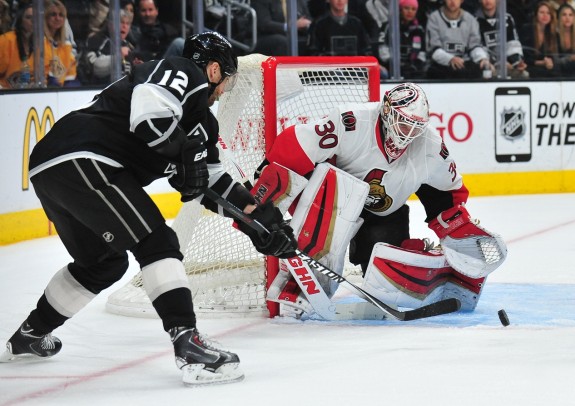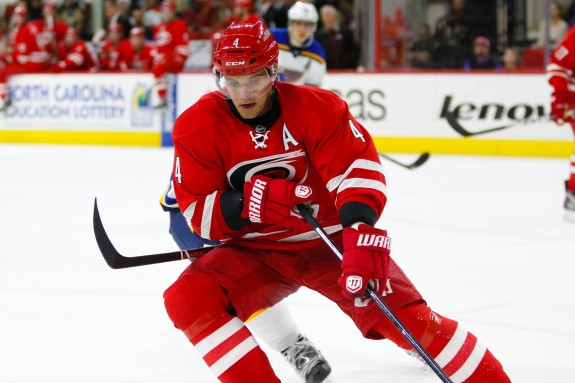Whenever you look for advanced statistics, whether you’re on war-on-ice.com or behindthenet.ca, you will see a tab to adjust the stats for score situations and strength. These are important when looking at a player’s production for his team for obvious reasons. Even Sidney Crosby’s shots against per 60 minutes will look terrible on a penalty kill.
Explaining Score Situations and Team Strengths Importance
As mentioned above, knowing the score and strengths of the teams is critical to analysis of stats. Of course Corsi will be high on a power play. And there’s no way a goals for percentage will be anywhere near respectable on the penalty kill. Here’s a rundown of all the situations in advanced stats. We’ll start with team strengths.

Even Strength 5v5
Pretty simple, yet it is the single most important part of advanced statistics. 5v5 is the best identifier of player ability out there. Neither team has an inherent advantage over the other. “Mono e Mono” if you will. Both teams are at full strength with five skaters and their goalie in the net. About 2/3 of a hockey game is played at even strength. When most writers are talking about Corsi or other advanced statistics, they usually default to even strength hockey.
Power Play

Don’t be surprised when all the numbers shoot through the roof when you switch categories. On the power play, offensive numbers skyrocket. Goals for and Corsi for percentages rise above the 90% mark. In this situation, it’s best to compare players to their own teammates rather than the whole league. Who is doing the best job on your team’s power play?
Penalty Kill
Just as offensive numbers rise for power plays, the numbers will plummet when a man or two down. Watch your defenders and their stats. The best penalty killers will still have lower ratings, but compare the amoint of shots given up and the save percentages of goalies behind them.
Four on Four
With more open ice, the league’s elite scorers and fastest skaters will see a boost in their advanced stats. Look at this section to determine which guys can dominate a game if given enough space.
Others
This one depends on what site you’re looking at. Some websites track when the goalie gets pulled, others track something called “Leftovers” where the game is winding down in the final seconds and clearly out of reach. Those stats aren’t
Score Situations

The score of the game determines what type of strategy goes into the play. A team up by a bunch is not going to push hard for more goals and risk top player’s injury while a close game will feature both teams playing their best hockey.
Score Close
The term “close” refers most often to a game that is:
- Separated by one goal in the first two periods, or
- Tied in the final frame or Overtime
In these situations, teams are working at their hardest to win the game. Keep in mind, close is a dynamic term as teams play the contest. For instance, the recent Stadium Series match up was close through two periods until early in the third when the Kings took a one goal lead. The Kings led early in the game, but because it was still in the first, it was considered a close game. When the Sharks tied things up, it was still close. After the final goal, however, the score situation changed.
Trailing and Leading

Different websites have varied ways of tracking this situation. Some, like war-on-ice, have “trailing by 1, trailing by 2,” and so on. What is important to remember is how teams would adjust their playing style to the scoreboard. Expect that teams leading by 3 won’t be pressing much for more goals, thus their Corsi will drop. This is not because they are getting dominated by the other team, but more because they are not pushing the tempo anymore.